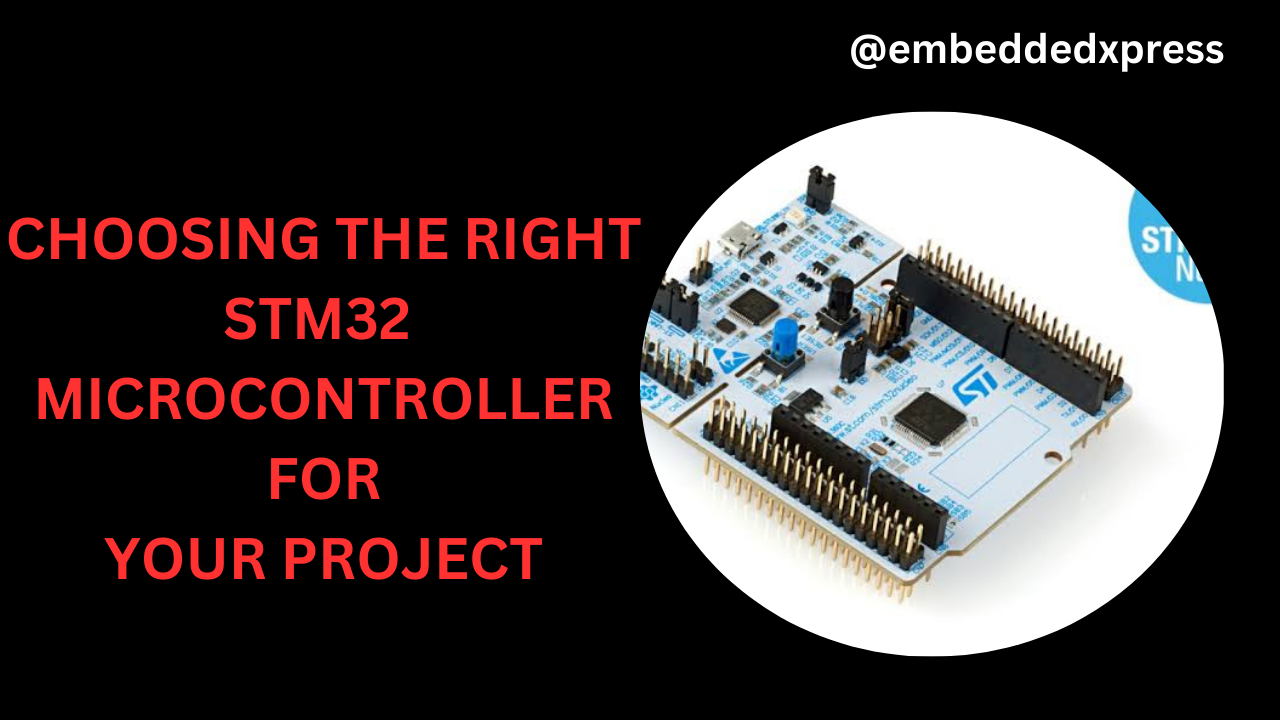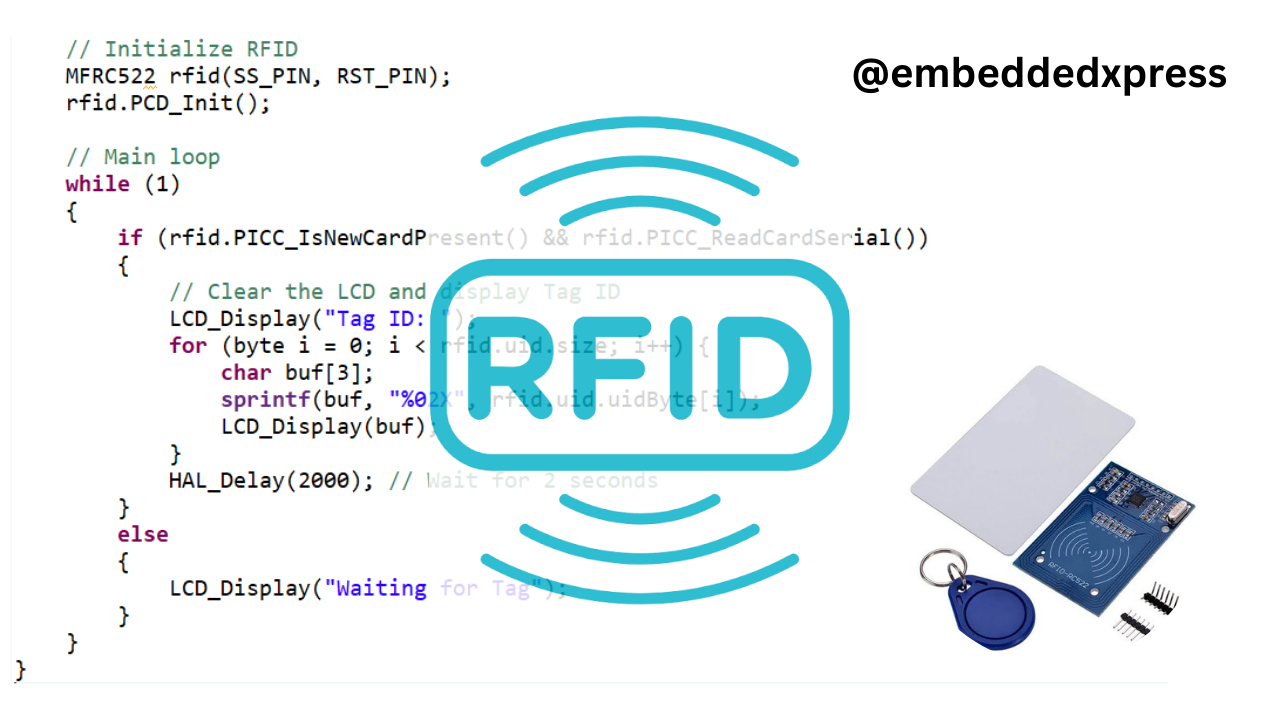Getting started with Stm32: Choosing the Right Microcontroller for Your Project
Published Jan. 7, 2025, 7:51 a.m. by Ezra Ogori

How to Choose the Ideal STM32 Microcontroller for Your Project
Choosing the right microcontroller is a crucial step in embedded system design. The STM32 family from STMicroelectronics offers a wide array of options—Digi-Key lists 3,954 variants—catering to applications ranging from simple home automation to advanced industrial systems. This guide explores the key factors to consider when selecting the most suitable STM32 microcontroller for your project.
STM32 Overview
STM32 microcontrollers are based on ARM Cortex-M cores and are divided into subfamilies, each optimized for specific performance, power, and application needs:
- F Series: General-purpose with a balance of performance and cost.
- L Series: Ultra-low-power for battery-operated devices.
- U Series: Energy-efficient with high performance.
- H Series: High-performance for demanding applications.
- G Series: Cost-efficient with moderate performance.
- C Series: Ultra-low-cost for budget-sensitive projects.
- W Series: Wireless-enabled for IoT applications.
- MP Series: Robust processing for microprocessor-grade tasks.
Key Factors to Consider
1. Performance Requirements
Determine the required processing power by evaluating factors such as:
- Clock speed
- Core type (Cortex-M0, M3, M4, M7, or M33)
- Hardware accelerators or DSP features
For performance-intensive tasks, STM32F4, STM32F7, or STM32H7 are excellent choices.
2. Power Consumption
For energy-sensitive or battery-powered devices, prioritize power efficiency:
- STM32L series: Best for ultra-low-power applications.
- STM32U series: Balances low power with performance.
3. Memory Needs
Estimate the required Flash and RAM sizes:
- Applications with complex firmware may benefit from the STM32F4 or STM32H7 series.
4. Peripheral Integration
Identify necessary peripherals (e.g., ADC, DAC, GPIO, UART, SPI, USB):
- STM32F3: Advanced analog features.
- STM32F7/H7: Extensive connectivity options.
5. Development Ecosystem
STM32Cube provides tools like:
- STM32CubeMX: Simplifies configuration.
- STM32CubeIDE: Integrates development and debugging.
A strong development ecosystem can significantly reduce project complexity.
6. Cost Considerations
Optimize your choice based on budget constraints:
- STM32F0 or G0 series: Budget-friendly options.
- STM32C series: Ideal for highly cost-sensitive applications.
7. Package and Pin Count
Consider the microcontroller’s size and pin count:
- Compact packages suit space-limited designs.
- Larger packages allow more I/O flexibility.
Practical Steps for Selection
Step 1: Define Application Requirements
Identify performance, peripheral, memory, and power needs for your project.
Step 2: Match Requirements to STM32 Series
Use tools like STM32CubeMX to shortlist microcontrollers that meet your criteria.
Step 3: Assess Development Support
Ensure the selected microcontroller is well-supported by tools and community resources.
Step 4: Plan for Scalability
Choose a microcontroller with some performance or memory headroom to accommodate future needs.
Step 5: Prototype and Test
Obtain development boards to validate your choice under real-world conditions.
Conclusion
Selecting the right STM32 microcontroller requires understanding your project’s unique requirements and aligning them with the features of STM32 subfamilies. By focusing on performance, power, peripherals, cost, and development tools, you can confidently choose a microcontroller that ensures your project’s success.
With the STM32 family offering a vast range of options, you’re sure to find the perfect fit for your application.
By following this guide, you’ll streamline your selection process and achieve optimal results for your embedded system project.



pHqghUme Sept. 20, 2025, 8:58 p.m.
npUUSLhK